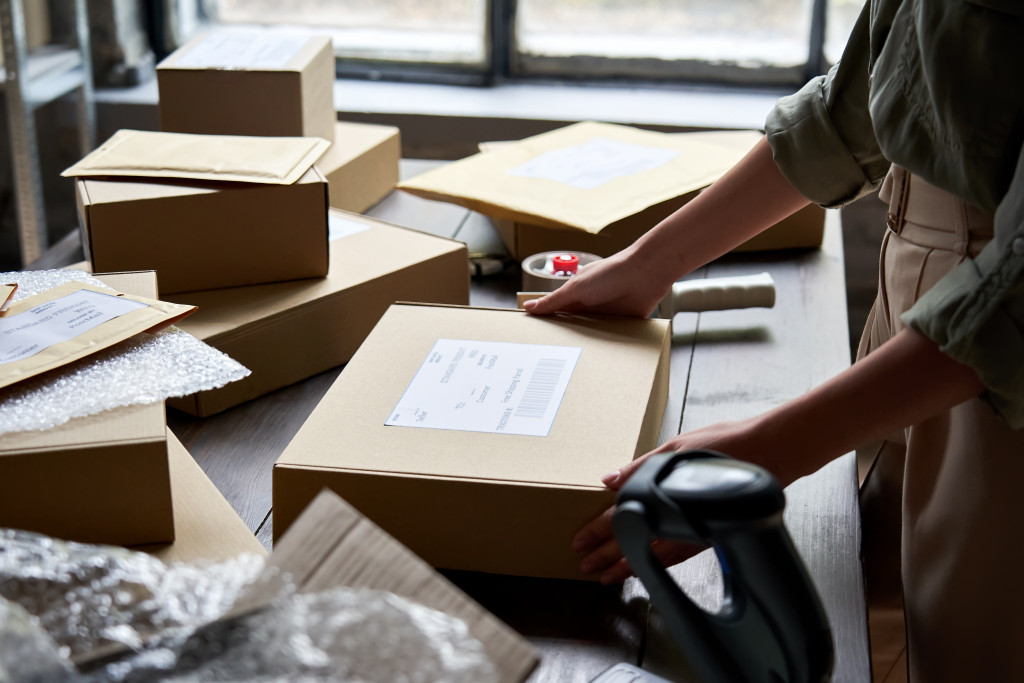Logistics is one of the most important aspects of any business. It keeps a business running smoothly and efficiently, ensuring that products get delivered on time and in the correct quantities. Here are some statistics to back up this assertion:
- A study by the Aberdeen Group found that companies that implemented a formal logistics process improved their inventory turnover by 20% and their customer satisfaction ratings by 15%.
- A Journal of Business Logistics study found that improving supply chain efficiency can lead to a 25% reduction in total costs.
- The State of Logistics report found that improving supply chain efficiency can lead to a net gain in more than 1 million jobs.
Logistics is essential for any business wishing to maintain a competitive edge. Companies can improve inventory turnover, reduce costs, and create jobs by implementing a sound logistics strategy. However, in-house logistics can be expensive to build, forcing companies to outsource their logistics needs or forego them altogether.
Unfortunately, third-party service providers will be responsible for your products during transit. While the contract includes insurance to cover losses, your product’s safety is not guaranteed. Here are some essential steps you can take to protect your assets:
Inspect the Service Provider’s Facilities
Before entrusting your products to a third-party service provider, you should inspect their facility to ensure that it meets your standards for safety and security. Some things to look for include:
- Are the premises well-lit and clean?
- Is the facility secure? Are there cameras? Is the perimeter fenced?
- Are there adequate fire safety precautions in place?
- Does the facility have a backup power supply in case of an outage?
- Is the staff trained in handling and storing products safely?
Those questions are only a few of the many you should ask when inspecting a service provider’s facilities. You know your products better than anyone, so you’ll be able to tell if a facility is up to your standards.
Check the Service Provider’s Insurance
Third-party logistics providers should have insurance that covers lost or damaged goods. However, it’s essential to check the policy’s details to ensure it will protect your losses. That situation leads to a lot of questions you have to consider, including:
- Is the coverage adequate? Does it cover the total value of your goods?
- Is there a deductible? If so, how much is it?
- Are there any exclusions? For example, some policies exclude damage caused by weather events.
- What is the claims process? Is it straightforward?
You should also check the provider’s financial stability to ensure they can pay claims. A.M. Best is a good resource for this information.
Ensure Protective Packaging

Unfortunately, your products will go through rough handling during transit, no matter how careful the service provider is. That’s why it’s essential to use protective packaging that can withstand the rigors of shipping. Fortunately, you can use your resources to ensure your products arrive at their destination safely.
Consider using the following packaging materials:
- Bubble wrap
- Foam peanuts
- Corrugated cardboard
- Air pillows
- Molded pulp
Those are only a few of the many packaging materials available. You can also use custom packaging to protect your products further. For example, you could use molded trays or foam inserts to hold delicate items in place during transit.
The suitable packaging will ensure that your products arrive at their destination safe and sound.
Track Your Products
Businesses are no strangers to theft, and your products are no exception. That’s why it’s essential to track your products during transit. You can do this by implementing a barcoding system or using GPS tracking devices.
Barcoding is the more affordable option, but it requires manual scanning at each stop along the way.
Meanwhile, GPS shipment tracking devices are more expensive but offer real-time tracking of your products. The electronic devices are attached to your products and communicate their location via satellite.
It would help if you also considered using tamper-evident packaging to deter thieves. This type of packaging can show tampering, making it less likely that your products will get stolen.
Ultimately, the choice comes down to your budget and needs.
Maintain Constant Communication
Maintaining constant communication with your service provider is essential, especially if tracking your products in transit. That way, you can be alerted of delays or changes in the shipment’s status.
It would help if you also had a point of contact with the service provider in case something goes wrong. That way, you can get answers to your questions and resolve any issues as quickly as possible.
The Bottom Line
When it comes to product safety, there are several essential steps you can take to protect your assets:
- Inspect the service provider’s facilities to ensure they meet your standards. You should also check the provider’s insurance policy to cover lost or damaged goods.
- You should use protective packaging to safeguard your products during transit.
- You should track your products and maintain constant communication with your service provider.
Taking these precautions can help ensure that your products arrive at their destination safely and sound.

